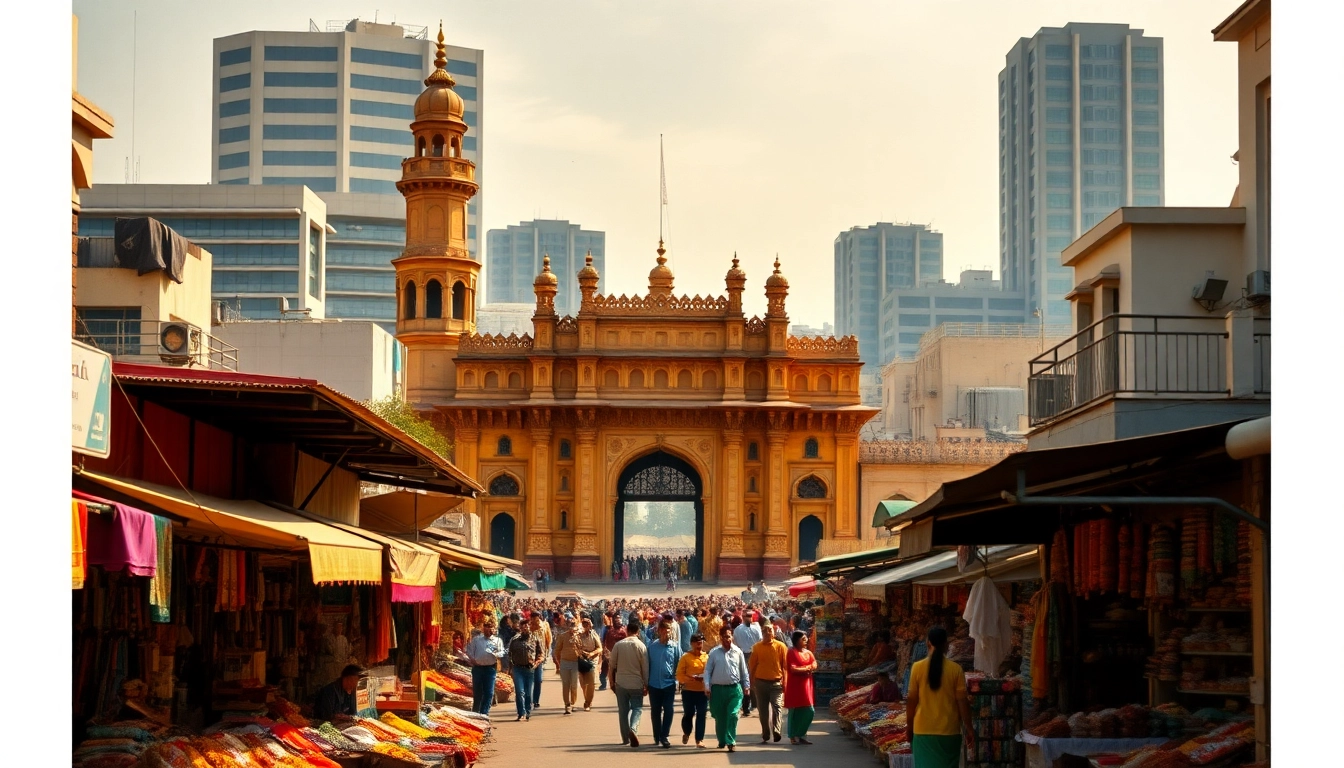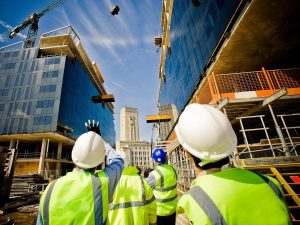Understanding the Dynamics of Hyderabad Population Growth and Trends
Overview of Hyderabad Population Trends
Hyderabad, the capital of the Indian state of Telangana, is one of the fastest-growing cities in the world. It is known for its rich history, vibrant culture, and booming economy, which have all contributed to significant population growth over the years. As of the latest estimates, the hyderabad population is a critical aspect of its identity, reflecting the city’s transformation from a historical trading center to a modern tech hub.
Current Population Statistics
As of recent estimations, the population of Hyderabad is approximately 6.9 million within the city limits, making it the fourth-most populous city in India. However, when considering the metropolitan area, the population exceeds 9.7 million. This rapid increase can be attributed to various factors such as migration, a booming IT sector, and urbanization phenomena. In the greater Hyderabad region, which includes several surrounding suburbs, the population continues to rise, driven by exponential economic growth and quality of life improvements.
Historical Growth Patterns
Hyderabad’s population has experienced consistent growth throughout its history, particularly in the last few decades. The city witnessed a population of approximately 1 million in the early 1950s, growing significantly over the years. The advent of information technology opened new avenues and attracted a large workforce from other states and countries, further accelerating population increases. Census data from 2011 indicates a population of nearly 6.9 million, which demonstrates a notable rise from previous counts and highlights a broader trend of urban migration.
Projected Population Changes
Looking toward the future, projections suggest that the population of Hyderabad could reach around 11.3 million by 2025. Factors contributing to this growth include an expanding job market in sectors like technology, healthcare, and education, as well as developments in civic infrastructure and housing. As the city continues to modernize and expand, it is anticipated that the expatriate population will also grow, contributing to economic diversity and cultural richness.
Demographic Breakdown of Hyderabad Population
Ethnic and Cultural Composition
Hyderabad stands out for its multicultural fabric. The city’s demographics encompass a variety of ethnic groups and communities, influencing its cultural practices, festivals, and cuisine. The major religions represented include Hinduism and Islam, with communities reflecting both ancient traditions and modern influences. As of the latest census, approximately 51.89% of the population identifies as Hindu, while around 43.35% are Muslim, alongside smaller communities representing Christian and other faiths. This diversity is a hallmark of Hyderabad’s identity, creating a unique social synergy.
Age Distribution Insights
The age distribution in Hyderabad exhibits a youthful demographic, crucial for workforce sustainability and economic vitality. An estimated 30% of the population is under the age of 15, while those aged 15-34 constitute a significant portion of the workforce. The aging population is also present, albeit in smaller percentages, indicating future challenges related to healthcare and income security. Understanding these elements may help policymakers tailor services and infrastructure to cater to demographic needs.
Impact of Migration
Migration plays a significant role in shaping the city’s population landscape. Hyderabad attracts a diverse workforce from various states across India and abroad, particularly to its burgeoning IT and pharmaceutical sectors. The influx of individuals seeking better job opportunities has substantially contributed to population growth. Consequently, this migration influences socio-economic dynamics, leading to greater cultural exchange but also posing challenges such as housing shortages and increased demand for public services.
Factors Influencing Hyderabad Population Growth
Economic Developments Driving Growth
Hyderabad’s transformation into a global technology hub is a primary driver of its population growth. The city hosts numerous IT parks and companies, providing jobs to millions. The Government of Telangana has actively promoted initiatives encouraging startups, investments in infrastructure, and improved connectivity which continue attracting talent. Educational institutions in the region further enhance this growth, ensuring a steady supply of skilled labor that fuels the economy.
Urbanization and Its Effects
The increase in population has led to significant urbanization in Hyderabad. This rapid development has transformed rural areas into urban centers, bringing with it both opportunities and challenges. The shift has heightened demand for housing, transportation, and public amenities, creating pressure on existing infrastructure. While urbanization can lead to economic development, it is essential to manage growth sustainably to avoid congestion and environmental degradation.
Government Policies on Population Control
To address the challenges associated with high population growth, the government has implemented various policies designed to manage urban expansion and improve the quality of life for residents. Initiatives such as improved public transportation, smart city projects, and public health services are part of a broader strategy to accommodate the growing population. Urban planning efforts aim to create balanced, efficient living spaces while considering environmental sustainability.
Challenges Faced by Hyderabad Population
Healthcare and Education Needs
With population growth comes increased demand for healthcare and education services. Hyderabad faces challenges in ensuring adequate healthcare infrastructure to meet the needs of an expanding population. Public health facilities are often stretched, and healthcare professionals may find it challenging to meet the growing demand. Additionally, schools and educational institutions must adapt to accommodate increased enrollment rates, prioritizing quality education and accessibility.
Infrastructure Strain and Urban Planning
As the population swells, the infrastructure of Hyderabad must grow correspondingly. Transportation systems, in particular, are under strain, leading to traffic congestion and delays. Urban planners are tasked with creating additional roadways, expanding public transit, and establishing smart city initiatives. Failure to address these challenges could lead to significant quality of life issues for residents while undermining the city’s economic potential.
Environmental Concerns
Environmental sustainability is a pressing concern for Hyderabad due to its rapid growth. As urban areas expand, green spaces are affected, and pollution levels rise, impacting public health. Furthermore, water scarcity becomes a critical issue in a densely populated city. Policymakers and residents alike must collaborate to implement sustainable practices that protect Hyderabad’s natural resources, promote renewable energy usage, and enhance green cover in urban environments.
Future Outlook for Hyderabad Population
Long-term Projections
Long-term projections indicate that Hyderabad’s growth trajectory is on an upward path. With continued job creation, infrastructure investments, and enhanced quality of life, the population could reach over 11 million in just a few years. This growth presents opportunities for businesses and individuals and requires coordinated effort between governmental organizations, private stakeholders, and the community to ensure it is sustainable.
Potential Economic and Social Impacts
The potential economic impacts of population growth are profound. A larger population can lead to greater consumer demand, driving innovation and investment. Socially, as communities grow more diverse, there is potential for enriched cultural experiences but also the risk of discontent if integration and equitable access to resources are not prioritized. Fostering inclusivity and accessibility will be paramount in navigating these changes.
Strategic Planning Recommendations
To address the challenges posed by population growth, strategic planning is critical. Initiatives should include investing in clean energy, enhancing public transportation, and ensuring affordable housing availability. Community engagement in urban planning can also play a key role in aligning development with resident needs. Following best practices in urban management will help create a sustainable, vibrant environment conducive to growth while respecting Hyderabad’s unique heritage.














Post Comment